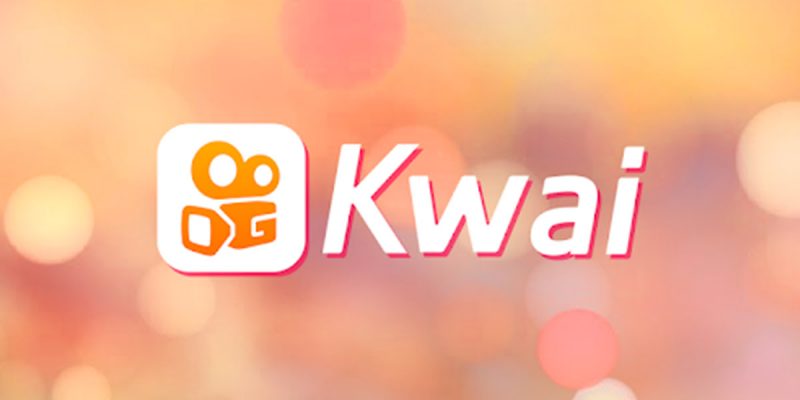Kwai, also known as Kuaishou (快手), is a Chinese short video-sharing app and social network platform. It is one of the most popular social media platforms in China and has a significant user base worldwide. Here’s a brief history of Kwai:
Origins and Early Development (2011-2015)
- 2011: Kuaishou was initially launched as a GIF-making app by Beijing Kuaishou Technology Co., Ltd., founded by Su Hua and Cheng Yixiao. It allowed users to create and share animated GIFs.
- 2013: The app pivoted from a GIF tool to a short video-sharing platform, allowing users to create, upload, and share short videos. This shift led to a rapid increase in user engagement and popularity, especially among users in lower-tier cities and rural areas of China.
Rise to Prominence (2015-2017)
- 2015: Kuaishou’s user base expanded significantly, and it began to gain traction as one of the leading short video platforms in China. The app’s appeal lay in its focus on ordinary people and everyday life, contrasting with the more polished content typically seen on other platforms.
- 2017: Kuaishou received significant investment from Tencent, one of China’s largest tech companies. This investment helped fuel further growth and development, positioning Kuaishou as a major competitor to other social media platforms in China.
Global Expansion and Rebranding as Kwai (2017-Present)
- 2017-2018: Kuaishou started its international expansion, rebranding as “Kwai” in markets outside of China. The app targeted emerging markets in Southeast Asia, South America, and other regions where smartphone adoption was rapidly increasing.
- 2020: With the rise of TikTok (Douyin in China) globally, Kwai intensified its efforts to compete on the international stage. The company launched several initiatives to attract creators and users from different parts of the world.
- 2021: Kuaishou Technology went public on the Hong Kong Stock Exchange in one of the largest tech IPOs in Hong Kong’s history, raising billions of dollars. The IPO underscored Kuaishou’s position as a leading player in the global short video market.
- 2022-Present: Kwai continues to grow its user base globally, especially in Latin America and Southeast Asia. The platform emphasizes community, user-generated content, and live streaming features. It has become a cultural phenomenon in many regions, known for its authentic and relatable content.
Features and Content
Kwai’s content primarily consists of short videos that range from 15 seconds to a few minutes. The platform is known for its diverse range of content, including lip-syncing videos, dance challenges, comedy skits, and more. It also offers live streaming, which has become a significant part of its ecosystem, allowing content creators to interact with their audience in real-time and monetize their streams through virtual gifts.
Cultural Impact
Kwai’s influence is particularly strong among users in rural areas and small towns, both in China and internationally. It has been praised for giving a voice to ordinary people and allowing them to share their stories and talents with a global audience. However, like many social media platforms, Kwai has also faced challenges related to content moderation and ensuring the safety and privacy of its users.
Competitors
Kwai’s main competitors include ByteDance’s Douyin (known as TikTok outside of China), as well as other short video platforms like Likee, SnackVideo, and Instagram Reels.
Conclusion
Kwai has grown from a simple GIF-making tool to a global social media platform with hundreds of millions of users. Its success is built on its ability to appeal to a broad audience by offering a platform for authentic, user-generated content that resonates with people from all walks of life.




